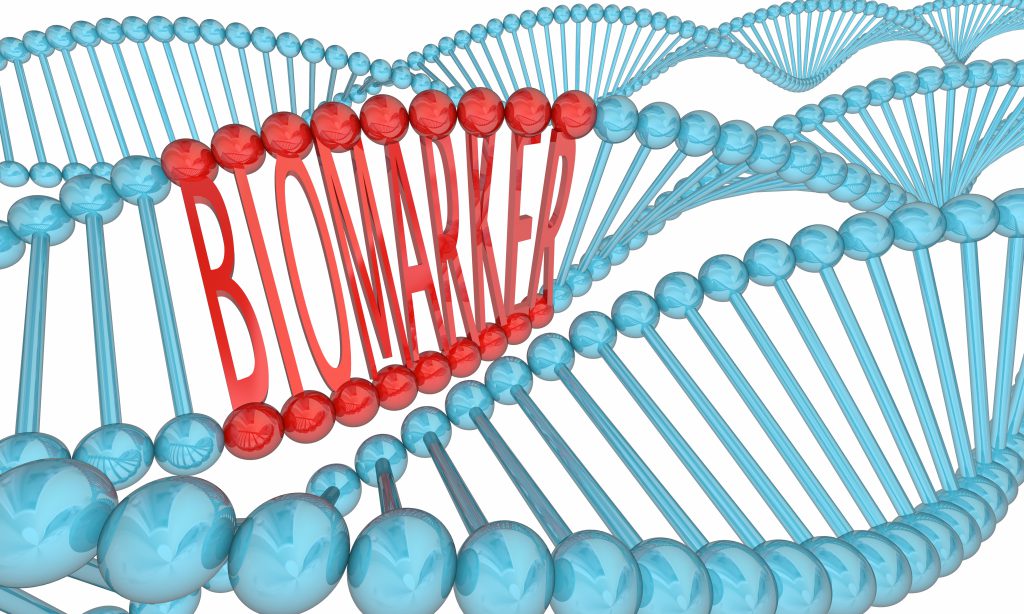
Biomarkers are an important part of personalized medicine. That’s why the firtst blog post this year concerns with the enormous importance of these markers.
What is a biomarker?
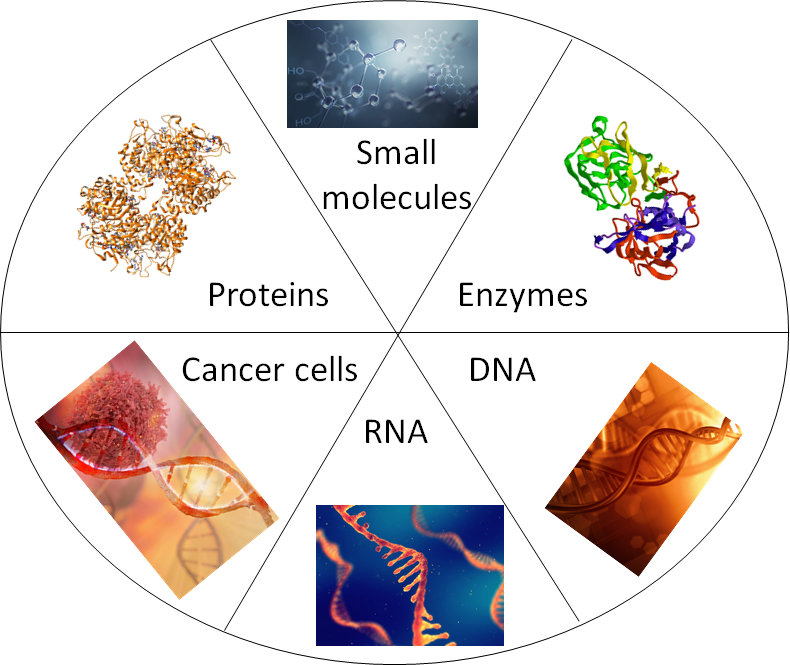
According to the National Institutes of Health, biomarkers are features that can be objectively measured and used as indicators of normal or pathogenic biological processes, as well as for pharmacological responses to therapeutic treatment.1 So, they serve as a reference for various processes in the body and give informations on the presence and the severity of the state of a disease.
Examples of biomarkers
- Body temperature: an increase indicates that the body is struggling with a disease2
- Hormone HCG (human chorionic gonatropin): if it is detected in an urine sample, it is a proof of pregnancy2
- C-reactive protein (CRP): an increased concentration in the blood is an indication of inflammation, infection or a tissue damage3
The number of available biomarkers is growing steadily, especially because of a better understanding of the molecular basis.2
Classification
Biomarkers can roughly be devided into molecular and DNA-based ones. The former have biophysical properties that allow them to be measured in biological samples such as plasma, urine, saliva or in biopsies.2 One example would be the measuring of the glucose concentration in an urine sample: if it is increased, this will be an indication of diabetes.2

DNA-based markers are for example gene mutations or polymorphisms, but also transcripts, proteins, peptides or metabolites.
A more precise classification is based on the application.4
- Diagnostic and prognostic biomarkers are summarized as disease-related ones. They indicate whether a disease exists (diagnostic) or how a disease develops (prognostic) independently of the type of treatment.5
- A predicative marker, also called treatment-related, indicates the likely effect of a specific treatment on the patient.5
- Pharmacodynamic biomarkers indicate the potential efficacy of drugs,
- whereas toxicological ones inform about the side effects of a new drug and the maximum tolerated dose therefor.5
- Surrogate parameters are indirect biomarkers that can partially replace the primary clinical endpoint of a study (= the main objective, such as the survial rate or tumor progression or stagnation).5
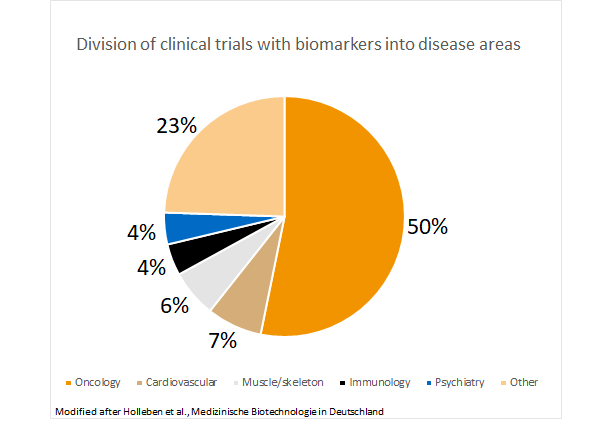
The importance in oncology
Biomarkers are of enormous importance, especially in oncology. The following questions can be answered by modern diagnostic methods such as molecular genetic analyzes of tissue or blood samples:6 What are the changes of the tumor cell compared to a healthy cell? What characterizes these changes? As a result, suitable biomarkers can be found and the tumor can be attacked at this target site.6
Selected examples
Looking at the five most common causes of death in Germany, it can be seen that both cancer and heart attacks are among the top three. That’s why the first two sections will deal with these issues. The third will concern with Alzheimer’s disease.

Cancer
- The most common type of cancer in women is breast cancer7
- Every year, around 69,000 new cases are added
- Almost a third is diagnosed before the age of 55
- In 2015, approximately 18,300 people died because of this form of cancer8

There is a variety of different forms among breast cancer, which means that different genes are affected and thus mutated.
In a particularly aggressive form of breast cancer, the gene ERBB2 plays a crucial role. This encodes the growth factor receptor HER-2. HER-2 stands for human epidermal growth factor receptor 2 and is located on the cell surface.9 After activation, this protein stimulates cell proliferation and inhibits apoptosis.2

Via this receptor, signals are transmitted from the surface to the interior of the cell.9 Normal, healthy cells have relatively few of such proteins.9 By amplifiying, the coding DNA segments are increased, which is associated with an overexpression of the receptors.9 If there are too much HER-2 receptors on the surface of tumor cells, the cells divide more frequently.9 The tumor grows faster and more uncontrolled.9 This increased production of HER-2 occurs in about 20% of all breast cancer patients and has a direct impact on the course of the disease.9 A genetic test can be used to determine if someone is HER-2 positive.10 If this is the case (and only then) the cytostatic drug trastuzumab is used in the therapy.10
The HER-2 protein is thus a predictive biomarker.5 By demonstrating overexpression of the receptor, the appropriate therapy can be selected.5
Heart attacks
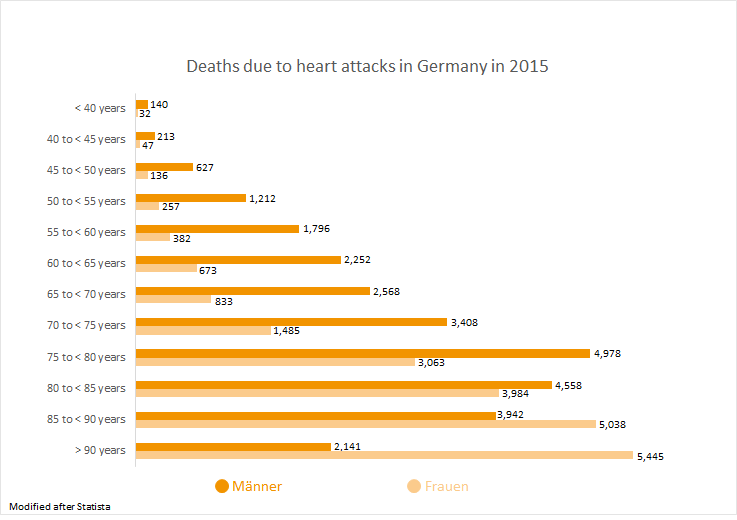
Heart attacks are the most common cause of death worldwide.2 Heart muscle tissue dies as a result of blood vessel blockage.11 Like the skeletal muscles, the heart muscle is made up of muscle fibers.12 These, in turn, consist of hundreds of myofibrils containing filamentous strands, called myofilaments.12 Various proteins are attached helping the heart muscle to expand and contract.12 One of these proteins is troponin, which is normally in heart muscle cells. In the case of a heart damage it is realeased into the blood.12
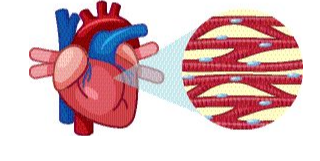
Thus, this protein complex is used in addition to an EKG in the diagnosis of heart attacks.11 The concentration of troponin in the blood is a diagnostic biomarker, as this value indicates heart damages.
Alzheimer’s disease
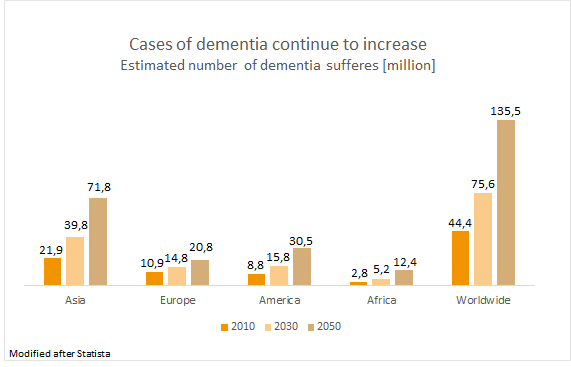
Dementia is becoming an ever greater problem for our society. Wordwide, the number of sufferers will increase more than threefold between 2010 and 2050. 1.5 million people with dementia currently live in Germany (as of 2014).13 Two-thirds oft hem have already reached the age of 80 years, and just 20,000 are younger than 65 years.13 It is expectet that 40,000 new cases will occur each year, so 3 million people with dementia will live in Germany in 2050.13
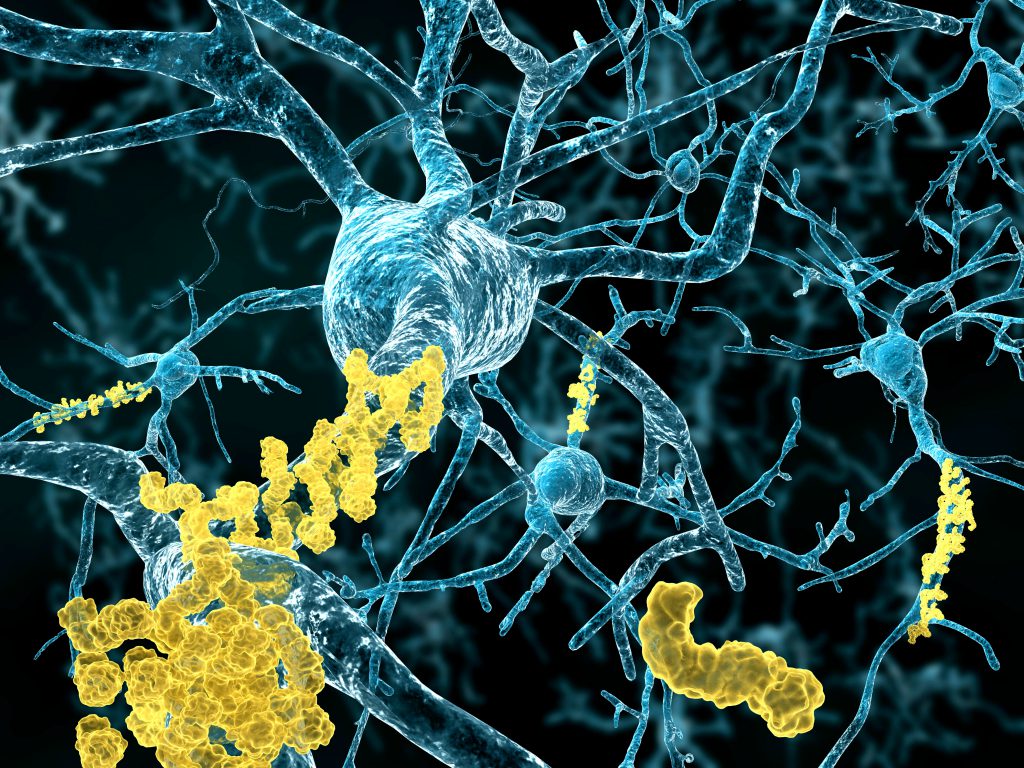
The most common form of dementia is Alzheimer’s disease, which usually occurs in people which are older than 65.2 Characteristic deposit are formed, caused by so-called tau proteins and β-amyloid peptides.2,14 The concentration of these proteins change before the disease breaks out.2 these changes are detected in cerebrospinal fluid.2
On the one hand, the discovery of these diagnostic biomarkers makes it possible to diagnose the disease at an early stage,14 and on the other hand, these markers are a target for the development of active drugs. So far, there is no drug healing the disease.2 However, with the increasing awareness and unterstanding of the disease, there are 92 drugs currently in development.15
Contact Person:
Kristina Schraml (kristina.schraml@biovariance.com)



